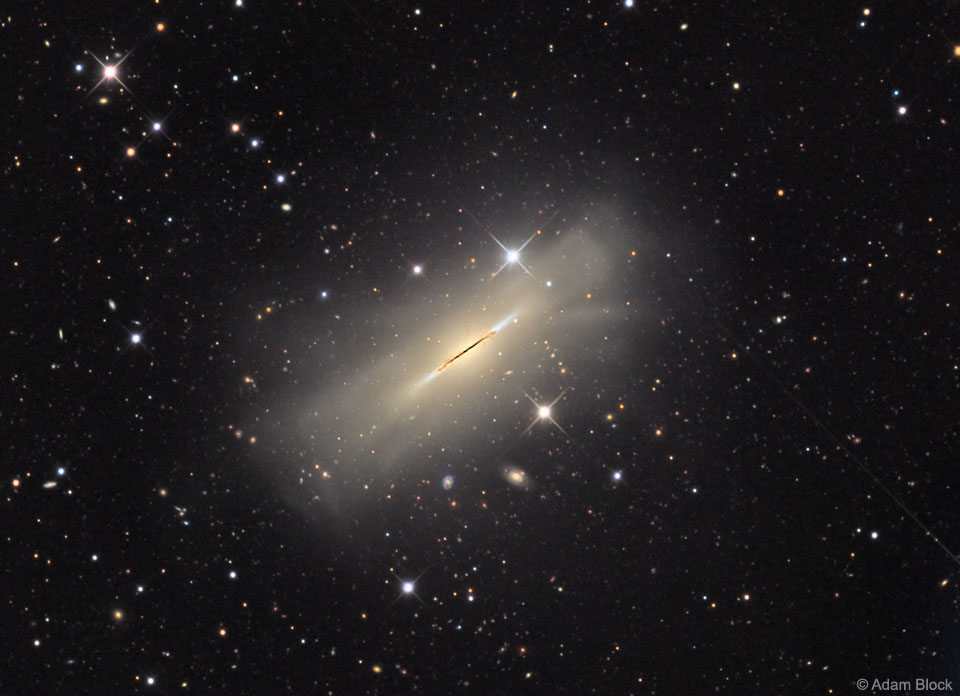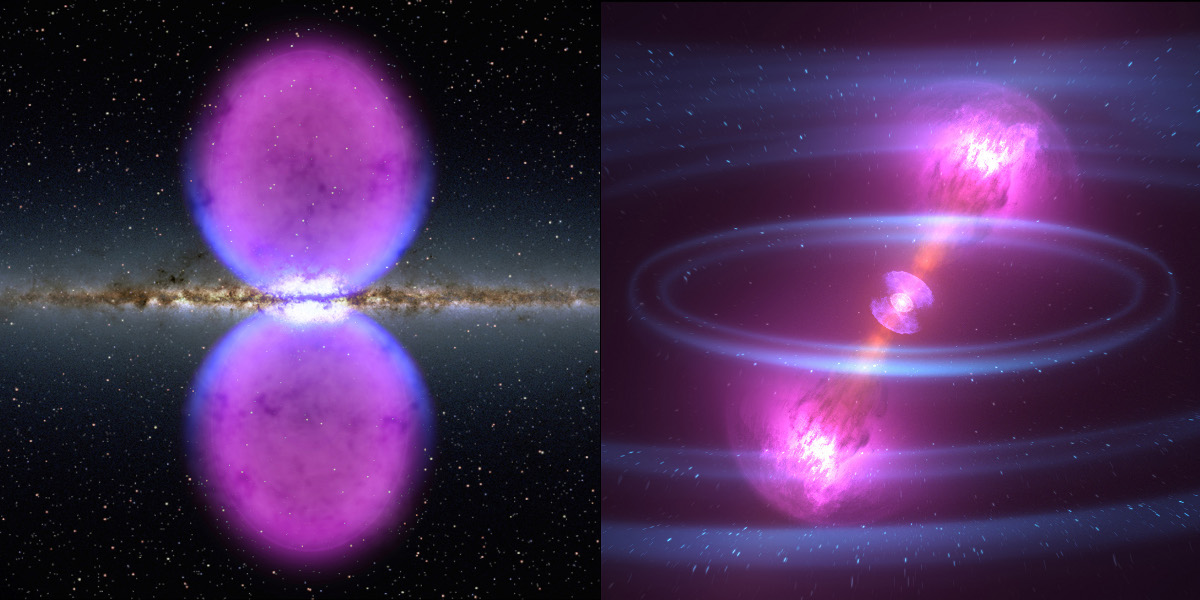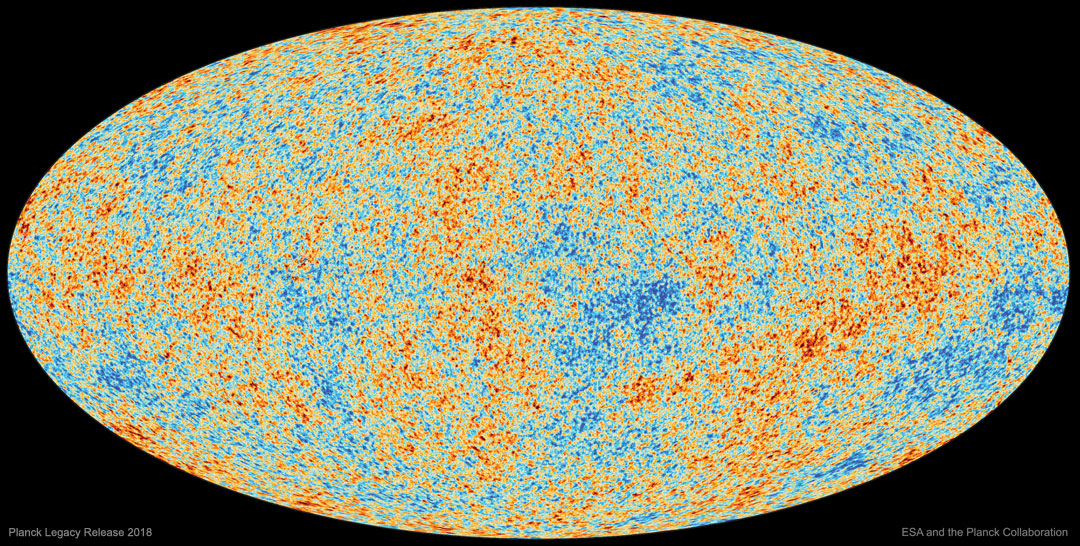
Flown Orion Spacecraft Visits Washington, DC, for Made in America Showcase


NASA will announce on Friday, Aug. 3, the astronauts assigned to crew the first flight tests and missions of the Boeing CST-100 Starliner and SpaceX Crew Dragon, and begin a new era in American spaceflight. NASA Administrator Jim Bridenstine will preside over the event, which will begin at 11 a.m. EDT on NASA Television and the agency’s website.
from NASA https://ift.tt/2AaBR51
via IFTTT![]()

NASA Television will air a conversation about the progress and promise of NASA’s James Webb Space Telescope with Nobel Prize winner John Mather at 2 p.m. EDT Wednesday, July 25.
from NASA https://ift.tt/2A85ggk
via IFTTT![]()

NASA has awarded a contract to COLSA Corporation of Huntsville, Alabama, to provide facility operations support services to the National Center for Critical Information Processing and Storage (NCCIPS).
from NASA https://ift.tt/2OcH0Nh
via IFTTT![]()

